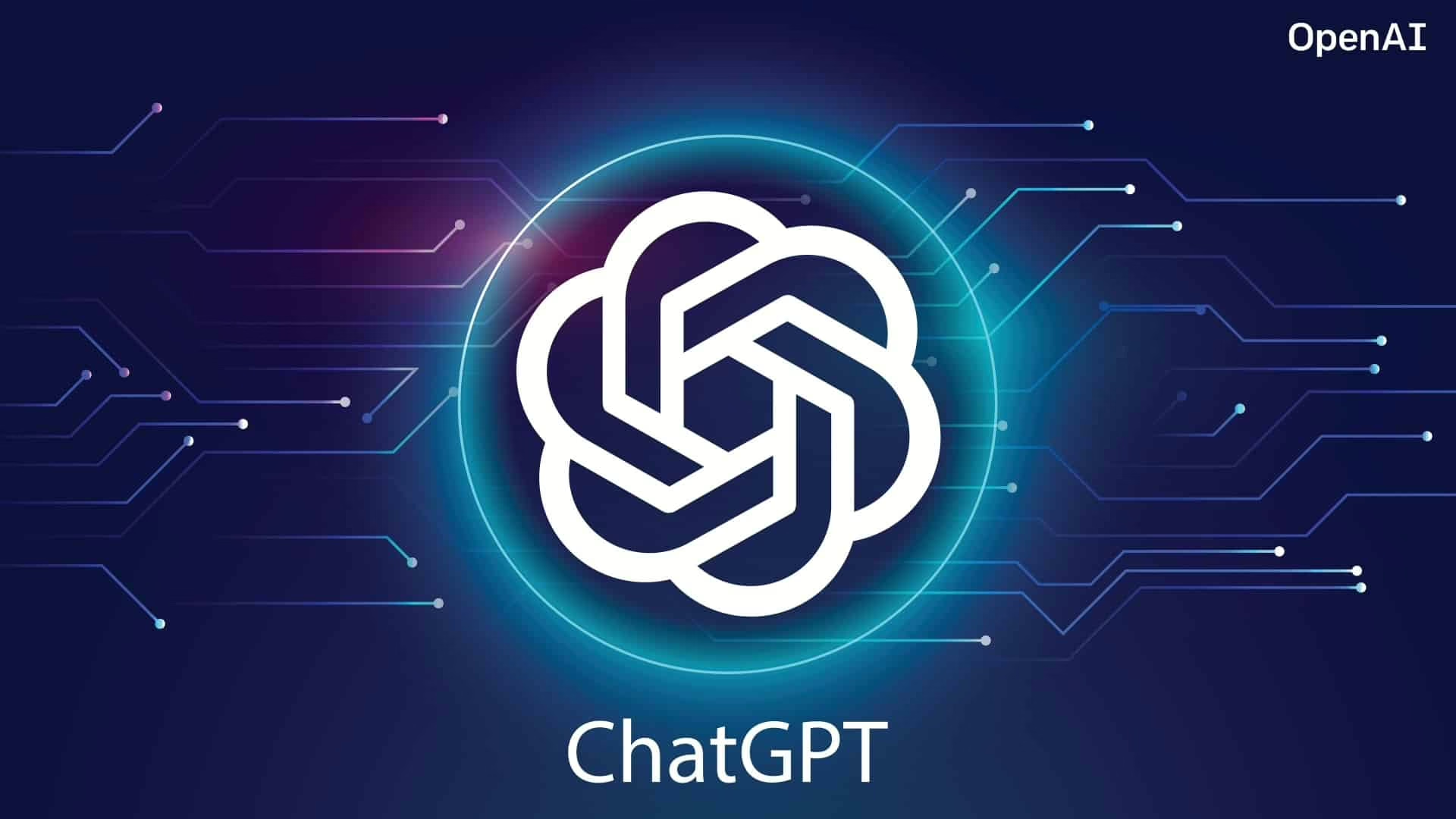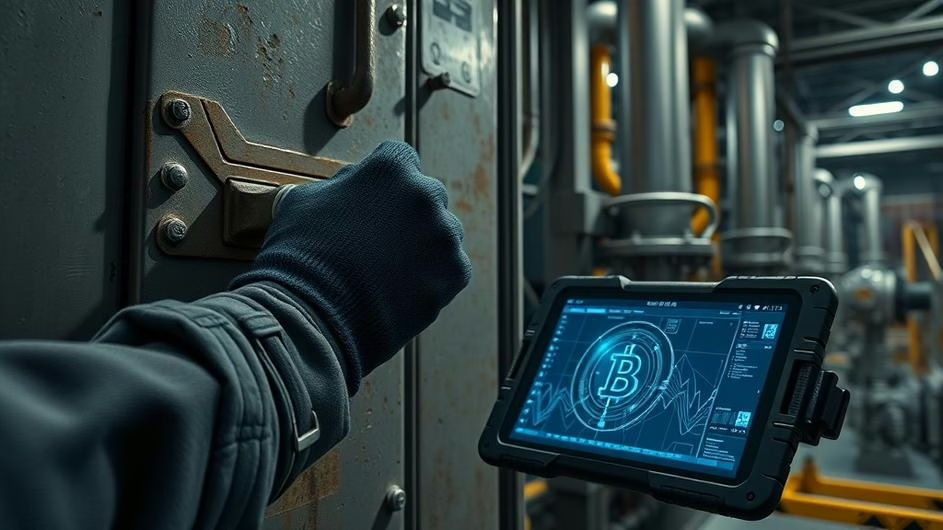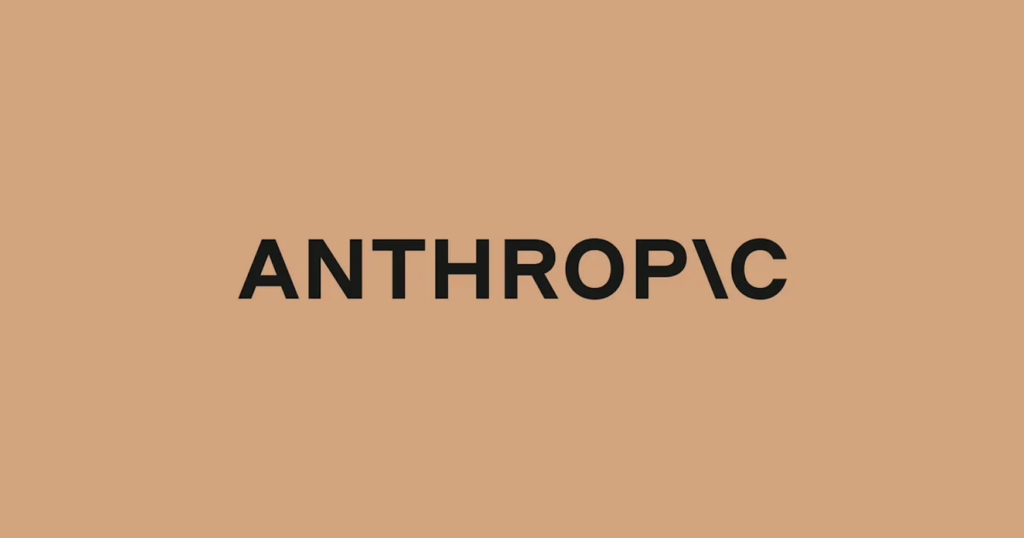
Web3, Fintech, and the AI Economy: The Infrastructure Powering the Next Digital Revolution
The digital world’s evolving faster than most people realize, and nowhere is this more obvious than where Web3, fintech, and AI intersect. These aren’t just isolated tech trends anymore. They’re becoming parts of a rapidly converging ecosystem that’s completely reshaping how we build, own, and interact with financial systems and digital assets.
Recent developments in the sector, from major conference announcements to new product launches, are setting up what looks like a new era. One where connectivity, security, and genuine utility actually matter more than hype. But what does this convergence really mean for traders, developers, and everyday users?
Connectivity Becomes the New Gold Standard
At FinTech LIVE London 2025, industry leaders didn’t mince words about advanced connectivity. It’s not just a utility anymore, it’s the backbone of everything AI-driven that’s coming next. David Palmer, Chief Product Officer at Pairpoint by Vodafone, laid out how robust networks are transforming digital platforms and creating new levels of customer value.
Here’s where it gets interesting for crypto folks. Palmer pointed out that IoT devices and their constant data streams are directly feeding next-generation AI systems. This isn’t just theoretical, it’s happening now. The constant flow of rich, real-time data is what AI algorithms need to learn, predict, and automate the interactions that shape how users experience financial services.
But there’s another angle here that most people miss. Blockchain infrastructure relies on this same kind of reliable connectivity for secure, fast transactions across distributed networks. Without it, Web3 platforms can’t deliver the dynamic, responsive, and inclusive financial services they promise.
Think about it this way: when Ethereum gas fees spike during network congestion, it’s often a connectivity and scaling issue at its core. The infrastructure layer determines whether blockchain transforms finance or remains a niche curiosity.
Self-Custody Goes Mainstream
One of the biggest barriers to Web3 adoption has always been complexity. Most people don’t want to deal with seed phrases, multiple wallet apps, or the constant fear of losing access to their assets. That’s starting to change.
TopNod’s entry into open beta signals something important for mainstream digital asset adoption. Built around security and user-friendliness, this next-generation Web3 wallet offers seamless self-custody over everything from cryptocurrencies to tokenized real-world assets like property or art.
What makes this different? TopNod integrates with popular third-party platforms, so users can manage their holdings without getting lost in confusing interfaces or crypto jargon. In an environment where security breaches and exchange failures make headlines regularly, self-custody platforms offer something traditional finance can’t: real control and transparency.
The focus on simplicity and user empowerment isn’t just nice to have. It’s probably what will accelerate Web3 adoption beyond crypto enthusiasts and into everyday finance. When your grandmother can safely manage digital assets without calling tech support, that’s when we know the technology has really arrived.
Exchanges Scale for the Next Wave
The infrastructure at the exchange level is undergoing its own transformation. At TOKEN2049 Singapore, BTCC announced plans to triple its global workforce to 3,500 employees within six months. That’s not just growth, that’s preparation for something much bigger.
BTCC, which bills itself as the world’s longest-running cryptocurrency exchange, is betting on dramatic increases in demand for secure, reliable crypto trading platforms. But their approach goes beyond just technical scaling. They’re building a robust legal team to handle regulatory engagement across multiple jurisdictions.
Why does this matter? As crypto regulations evolve globally, exchanges need to stay compliant while maintaining the flexibility and speed that crypto users expect. BTCC’s strategy sends a clear signal that sustainable global adoption requires more than just technology and talent. It needs active cooperation with regulatory bodies and genuine public trust.
Their partnership with NBA star Jaren Jackson Jr. as brand ambassador shows they’re thinking about credibility and mainstream appeal, not just the crypto-native audience. When traditional sports figures start representing crypto exchanges, it suggests the industry is maturing beyond its early adopter phase.

ValueFi and the Utility Revolution
Here’s where things get really interesting. For Web3 to move from speculative excitement to everyday relevance, token utility has to be more than just a buzzword. Alt.town’s approach with $TOWN token utility shows what this could look like in practice.
Unlike many earlier projects that focused on short-term liquidity or hype cycles, Alt.town emphasizes what they call a “ValueFi” model. This centers on genuine utility and user engagement rather than speculative trading. Their DNA tokens, for instance, reflect the unique activities and contributions of creators, letting fans support and participate in value growth directly.
Eugene, CEO of bitBLUE (the startup behind Alt.town), describes this as a turning point for building sustainable ecosystems that actually reward both creators and their communities. By connecting digital content and IP with blockchain infrastructure, they’re developing what they call a “Web3 Culture Company.”
This matters because it addresses one of Web3’s biggest challenges: creating real value beyond speculation. When tokens represent actual utility and community participation rather than just trading vehicles, the whole ecosystem becomes more sustainable.
The Convergence Effect
What we’re seeing here isn’t just parallel development in different tech sectors. The boundaries between fintech, Web3, and artificial intelligence are dissolving, creating a richly interconnected economy. Advanced connectivity enables new data-driven services. User-friendly wallets lower barriers to entry. Exchanges adapt for scale and regulation. Utility-driven ecosystems redefine digital value.
Looking ahead, expect these fields to intertwine even more as we move toward a future where digital assets, decentralized technologies, and AI-powered insights form the bedrock of global commerce and culture.
The rise of these innovations suggests we’re shifting from speculative excess toward lasting impact. Technology that serves not just early adopters but everyday users. With each infrastructure upgrade, regulatory breakthrough, and user-focused product launch, the blueprint for a smarter, more equitable digital economy becomes clearer.
For developers, innovators, and tech-savvy users, the opportunity to shape this emerging landscape has never been greater. But it’s not just about building cool technology anymore. It’s about creating systems that people actually want to use.
Sources
- FinTech LIVE London 2025: Web3, Fintech & the AI Economy, FinTech Magazine, Oct 1, 2025.
- Introducing TopNod Wallet – Empowering Web3 Access to Real-World Assets, markets.businessinsider.com, Sep 30, 2025.
- BTCC Exchange Announces Triple Global Workforce Expansion at TOKEN2049 Singapore, unchainedcrypto.com, Oct 1, 2025.
- BTCC Exchange Announces Triple Global Workforce Expansion, CCN.com, Oct 1, 2025.
- Alt.town Introduces $TOWN Token Utility Across Platform Services, markets.businessinsider.com, Sep 29, 2025.






























































































